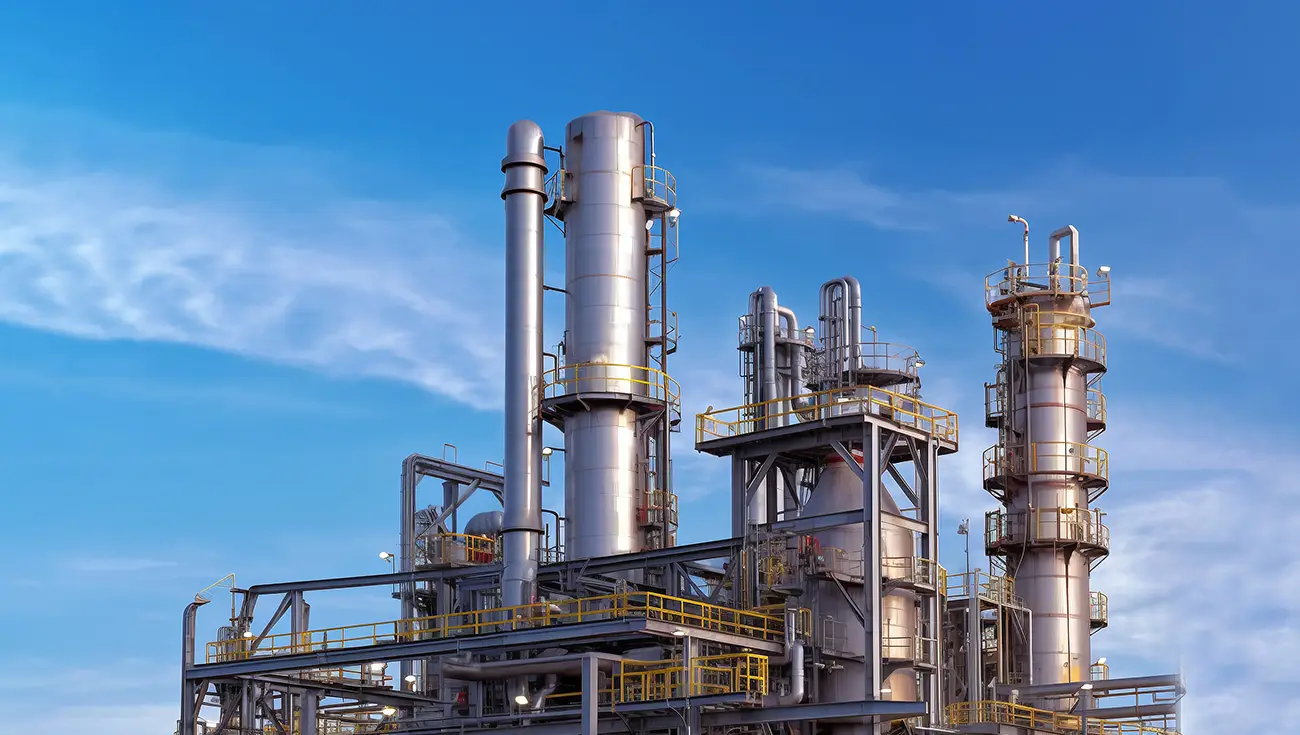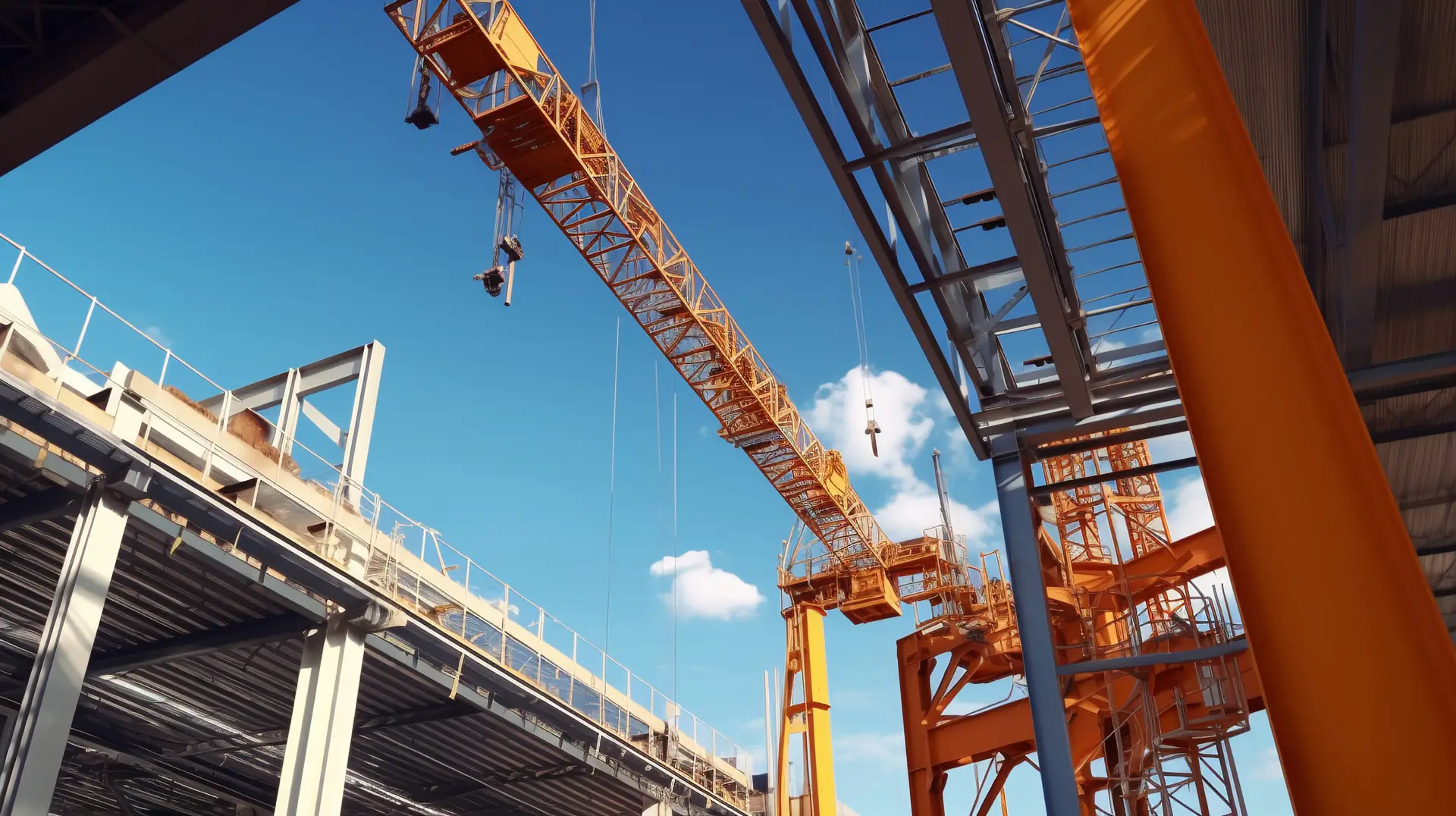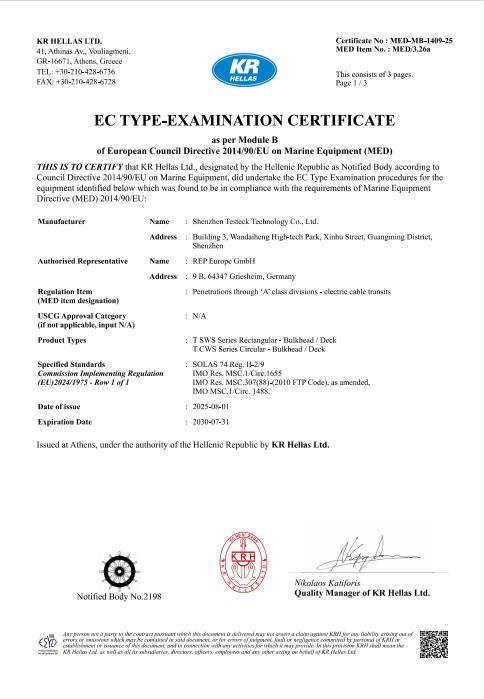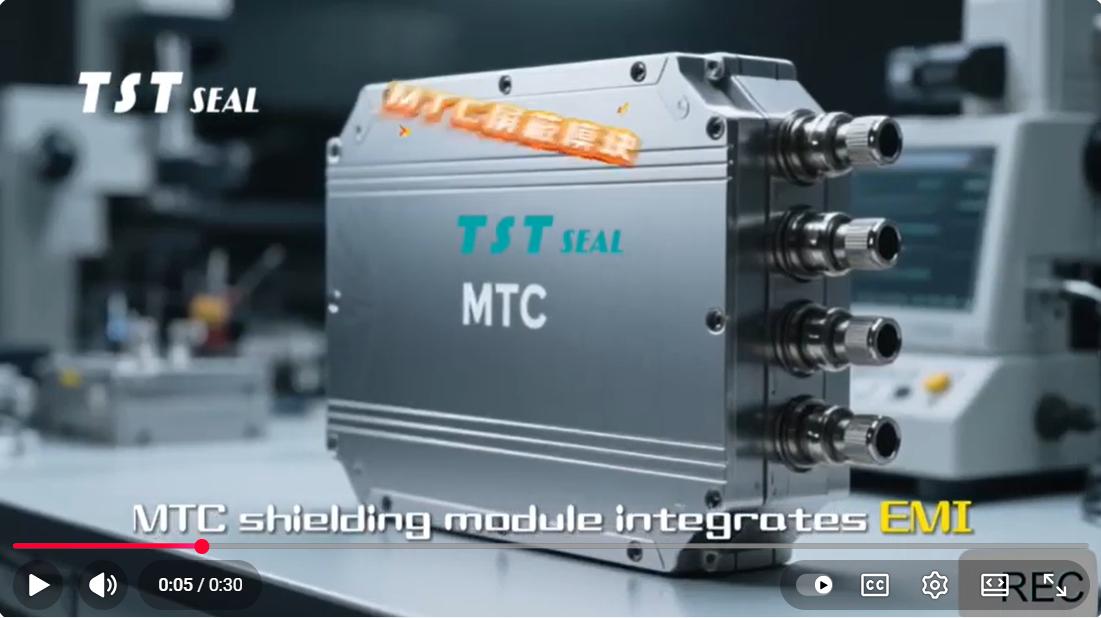
TST Seal :
- Fireproof
- Cable fixinAg
- Watertight
- Airtight
- Dustproof
- Noise reduction
- Vibration reduction
- Pressure resistance
- Corrosion resistance
- EMI/EMP
- Pest & rodent resistance
Related Articles
- circular seal (7)
- flange sealing (1)
- industrial sealing (2)
- MCT Transit Sealing System (2)
- rectangular seal (34)
- sealing modules (31)
- sealing solution (12)
A must-read for chemical plant safety directors! A guide to avoiding pitfalls in wall-penetrating seals in explosion-proof areas
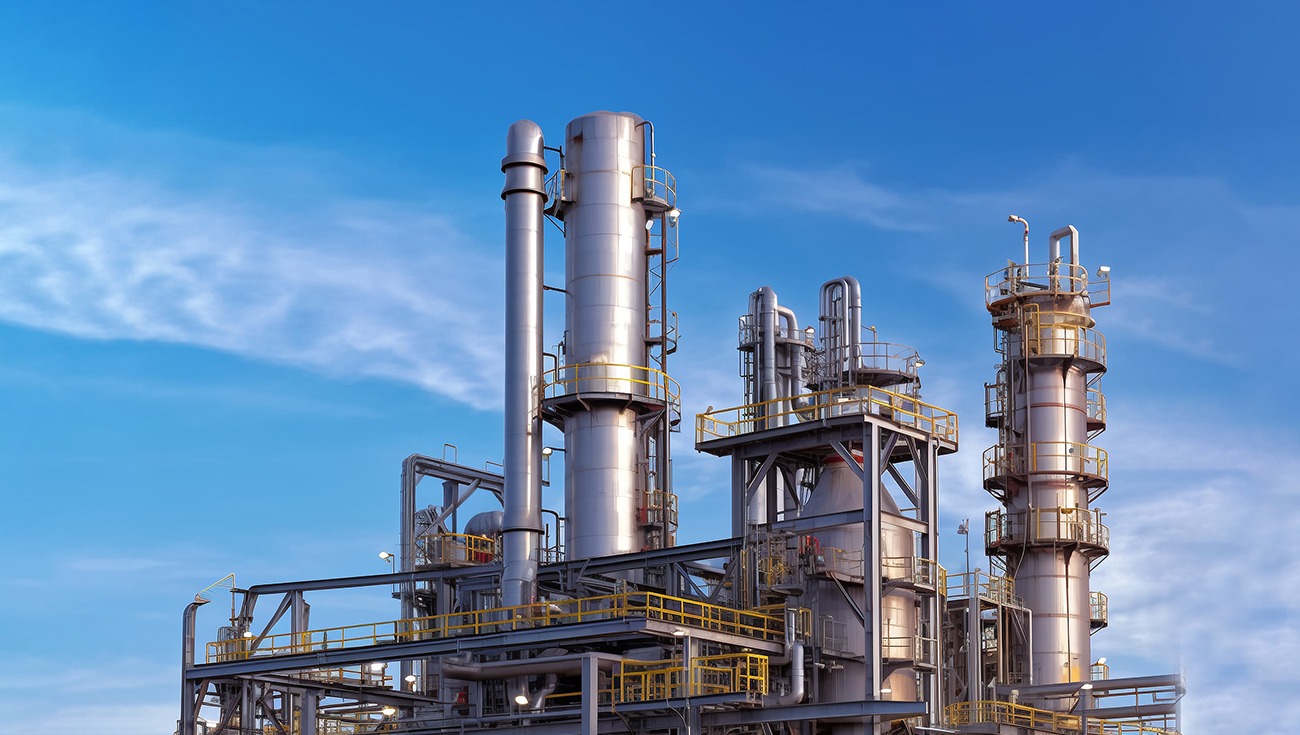
In the construction of explosion-proof areas in chemical plants, wall-penetrating seals are a key link in ensuring safe production. It not only needs to prevent the leakage of explosive gases and liquids, but also needs to withstand multiple challenges such as high temperature, corrosion, and vibration. However, many companies have cognitive misunderstandings in the design, material selection, installation, and maintenance process, which greatly reduces the explosion-proof effect and even buries safety hazards. Combining the technical advantages of TST seal MCT cable and pipe penetration sealing system, TST SEAL summarizes the “7 major misunderstandings of wall-penetrating seals in chemical plant explosion-proof areas” to help you avoid common traps and build a solid safety line of defense.
Misunderstanding 1
Believe that ordinary sealing materials can meet explosion-proof requirements
The truth:
The sealing of explosion-proof areas must meet strict explosion-proof grade requirements
In order to save costs, many companies choose traditional fireproof mud, stuffing boxes or inferior seals, but these materials cannot withstand the impact of explosions. For example, a chemical plant used ordinary sealed cable penetration holes, which caused the seal to fail when an explosion occurred, and the flame spread along the cable hole to the non-explosion-proof area, causing significant losses.
The TST seal MCT system not only complies with the Ex EПC Gb and ExEⅡCGc levels in the International Electrotechnical Commission (IEC) 60079 standard, but also has passed the national standards GB/T 3836.1-2021 “Explosive Atmospheres Part 1: General Requirements for Equipment” and GB/T 3836.3-2021 “Explosive Atmospheres Part 3: Equipment Protected by Increased Safety “e””, and obtained the product explosion-proof certification. This means that the system meets the general safety requirements of explosive hazardous environments from materials, structures to manufacturing processes, and is also suitable for the explosion-proof design required for increased safety equipment (such as Zone 2 scenarios). Its sealing structure design has been verified multiple times to ensure that flames and high-temperature gases are prevented from spreading in explosive environments.
Correct approach
Choose an authoritatively certified explosion-proof penetration sealing system to ensure that the sealing level matches the hazardous area on site (such as Zone 1 and Zone 2).
Myth 2
Ignore fire resistance and environmental protection, blindly pursue low prices
Truth:
Fire resistance and environmental protection of materials are key indicators of sealing materials
Fires frequently occur in chemical plants. If the fire resistance of penetration sealing materials is insufficient, they will quickly melt or decompose in the fire, resulting in sealing failure and promoting the spread of fire. At the same time, halogen-containing or toxic materials will release harmful gases at high temperatures, threatening the lives of personnel. For example, a petrochemical company once failed the fire resistance test for sealing materials. During the fire, the sealing layer collapsed, and toxic smoke spread to the safe area, causing evacuees to be poisoned.
TST seal system has passed the A-0 and A-60 fire resistance certification (in accordance with the 2h and 3h fire protection requirements of GB23864 standard). The material does not contain halogen and complies with the EU RoHS 2.0 environmental protection standard. In a fire scene, the sealing structure can maintain integrity, block flames and high temperatures, and buy time for personnel to escape and emergency treatment.
Correct approach
Choose materials with a fire resistance rating ≥ A-60 and environmentally friendly and non-toxic materials to avoid safety and environmental risks caused by low-priced materials.
Misconception 3
Underestimating watertightness, airtightness and pressure sealing performance
Truth:
Chemical plants often face the risk of high-pressure gas and liquid leakage
Some companies think that “as long as it is sealed, it will be fine”, ignoring the pressure tolerance of the sealing system. For example, a pharmaceutical factory used ordinary sealing materials at the wall where the high-pressure steam pipeline passed through the wall. Because it could not meet the pressure resistance or withstand the internal and external negative pressure conditions at the same time, steam leakage caused an explosion.
The TST seal system can achieve 0.3~0.5MPa pressure sealing and pass the IP68 protection level test. Its multi-layer sealing structure and pressure balance design ensure that the sealing effect is maintained under vibration, temperature changes or pressure fluctuations. In addition, the system has been tested for temperature cycles from -52℃ to 90℃ to adapt to extreme working conditions.
Correct approach
Select the sealing system according to the medium pressure and temperature, and conduct IP level and pressure tolerance test verification.
Myth 4
Ignore the impact of electromagnetic compatibility (EMC) on equipment interference
Truth:
Electromagnetic interference may cause control system failure
Modern factories rely on automation equipment. If the sealing system lacks EMC design, electromagnetic interference (such as inverters and radio signals) may enter through the cable holes, causing false alarms of instruments and malfunctions of valves. For example, a chemical plant had frequent failures of the PLC control system due to insufficient shielding effectiveness of the sealing system, which almost caused a runaway reaction of materials.
The TST seal system has a shielding effectiveness of 42~63dB in the frequency range of 14kHz~18GHz, effectively blocking electromagnetic wave penetration. Its metal shielding layer and grounding design ensure stable signal transmission and comply with the IEC 61000-4-6 standard. In addition, the system has passed the electrostatic dissipation test to prevent static electricity accumulation from causing sparks.
Correct approach
In explosion-hazardous areas, give priority to EMC-certified penetration sealing systems to ensure the reliability of automation equipment operation.
Myth 5
Failure to consider extreme environmental conditions and long-term stability
Truth:
The environment of chemical plants is complex, and sealing materials need to withstand multiple extreme conditions
High temperature, low temperature, and corrosive media (such as acids, alkalis, and organic solvents) will accelerate the aging of sealing materials. For example, a coastal chemical plant had poor salt spray resistance of sealing materials, which led to rust and cracking in just three years, resulting in explosion-proof failure.
The TST seal system uses a “golden combination” in the material layer:
Metal frame
Using 316L stainless steel (molybdenum content ≥2%), the ability to resist chloride ion corrosion is 3 times higher than that of traditional carbon steel, and there is no rust after 1000 hours of salt spray test.
Sealing module
Using weather-resistant EPDM rubber (EPDM), it has passed UL aging resistance certification. After aging for 1000 hours at 85℃ and 85% humidity, the tensile strength retention rate is ≥90%, and the tear strength decreases by <15%. This material can not only prevent salt and moisture penetration, but also maintain fireproof sealing performance in extreme environments.
Comprehensive performance advantages: This material combination enables the system to withstand both acid and alkali corrosion and salt spray erosion, and is suitable for extreme environments such as coastal chemical plants and chlor-alkali workshops. For example, after a coastal refining and chemical project applied a new generation of modular plugging technology, there was no rust or aging problem for 8 consecutive years, which greatly reduced the subsequent maintenance costs.
Correct approach
Select materials according to the on-site environment (temperature, medium type), and conduct targeted environmental simulation tests, giving priority to corrosion-resistant and aging-resistant high-performance materials.
Myth 6
The sealing design does not consider the needs of later expansion and dynamic adjustment
The truth:
Chemical plant equipment is frequently upgraded, and fixed sealing solutions are difficult to adapt to changes
Traditional penetration sealing solutions (such as fixed aperture sealing) require re-opening and welding when the equipment is expanded, which is not only costly, but may also damage the original explosion-proof structure. For example, a company did not reserve space for expansion, and when adding new cables, it was necessary to destroy the explosion-proof wall, resulting in a one-week shutdown and a loss of millions of yuan.
TST seal system supports dynamic diameter change from Φ15 to 500mm, and reserves 30% expansion space. The seal aperture can be adjusted directly without hot work in the later stage. Its modular design allows for quick replacement or addition of cables/pipes, reducing downtime and safety risks. For example, after a certain refining project adopted this solution, the expansion efficiency increased by 40% and the cost decreased by 35%.
Correct approach
The seal design needs to reserve expansion margin, and modular and dynamically adjusted systems are preferred to adapt to future process change needs.
Misconception 7
Thinking that “no maintenance is required after installation” or “the lower the cost, the more economical”
Truth:
The seal of the explosion-proof area must meet strict explosion-proof grade requirements
Some companies believe that a one-time purchase of low-priced materials is sufficient, but the total cost soars due to frequent replacement and accident losses. For example, a chemical plant uses ordinary seals, which need to be replaced twice a year. The cumulative cost for 5 years far exceeds the initial investment of a high-performance system, and the loss of unplanned downtime caused by leakage is even more immeasurable.
TST seal system adopts maintenance-free design, dynamic variable diameter technology eliminates stress damage caused by thermal expansion and contraction, and has a service life of up to 30 years. Although the initial cost may be higher than the traditional solution, the full life cycle cost is significantly reduced after considering 30 years of maintenance, replacement, downtime losses, etc.
Correct approach
Use the full life cycle cost (LCC) analysis to select a long-term stable and maintenance-free sealing solution to avoid the “low price trap”.
Correct choice, build a solid safety line
The wall sealing of the explosion-proof area of a chemical plant is related to production safety and personnel life. To avoid the above misunderstandings, we need to start from the following aspects:
1 Scientific selection
Choose a fully certified sealing system (such as TST seal MCT) based on the level of hazardous areas, medium characteristics, and environmental conditions.
2 Professional installation
Strictly follow GB 50257-2014 “Construction Acceptance Code for Electrical Installations in Explosive Hazardous Environments” to ensure that the seal has no gaps and the grounding is reliable.
3 Regular inspection
Check the integrity of the seal every month, test the grounding resistance during annual deep maintenance, and replace aging parts.
Case reference: After a large-scale refining and chemical enterprise adopted TST SEAL’s new generation modular plugging technology, there was no leakage or explosion accident caused by seal failure in 3 years, and the equipment maintenance cost was significantly reduced, and it was rated as a “safety production benchmark unit”.
Safety is no small matter, details determine success or failure
Chemical plant wall sealing may seem simple, but it is the “lifeline” of the explosion-proof system. From material selection to installation, from design to maintenance, every link must be supported by scientific cognition and professional products. I hope that through this article, you can identify misunderstandings, optimize solutions, and use technology to build a solid safety barrier. TST seal will escort the sustainable development of enterprises.
Free Sample | Customization Supported | Global Sales | Factory Direct Sales | Agents Welcome (Email:alixich@tstcables.com)


